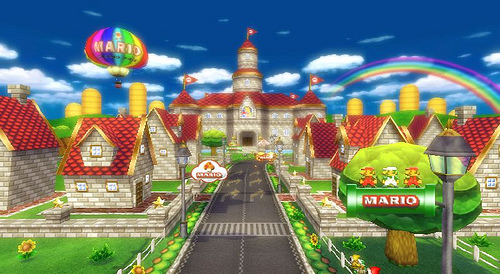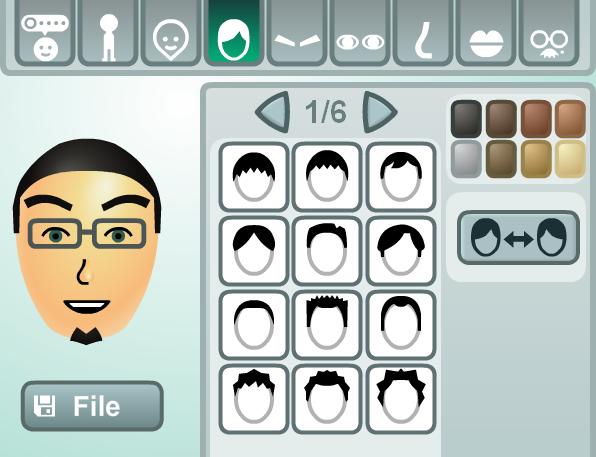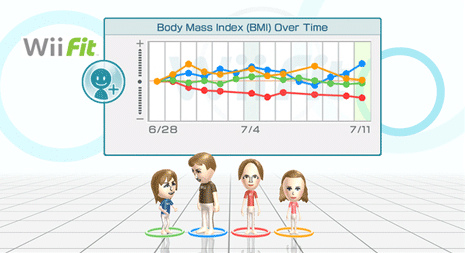 1. Frenzoo have launched a bi-weekly web magazine called Frenzy, created by its users. You can view the PDF here or the Flash version here.
1. Frenzoo have launched a bi-weekly web magazine called Frenzy, created by its users. You can view the PDF here or the Flash version here.
2. Metaplace have expanded their in-world games, adding Doomgarden,Meep Combat! and a Perfect Match dating game. With the recent controversy over social games, it’s great to see some simple but fun games with no wider purpose than fun.
3. The Wii Fit doesn’t seem to provide as good a workout as some may think, according to a recent study (PDF document). One of the study authors sums it up: “Since using the Wii Fit alone may not produce results that meet recommended physical activity, guidelines†notes study author Alexa Carroll, M.S., “it is important that individuals partici- pate in additional exercises to effectively reach these guidelines.â€
4. Malaysia is apparently punching well above its weight in spending in Second Life, its 28 million people making up 4% of expenditure. Australia is sitting on 2%.
5. Whilst on a Malaysia, here’s a great (80-page) piece of research on the use of virtual reality in medicine:
(with thanks to ScienceRoll)




Recent Comments